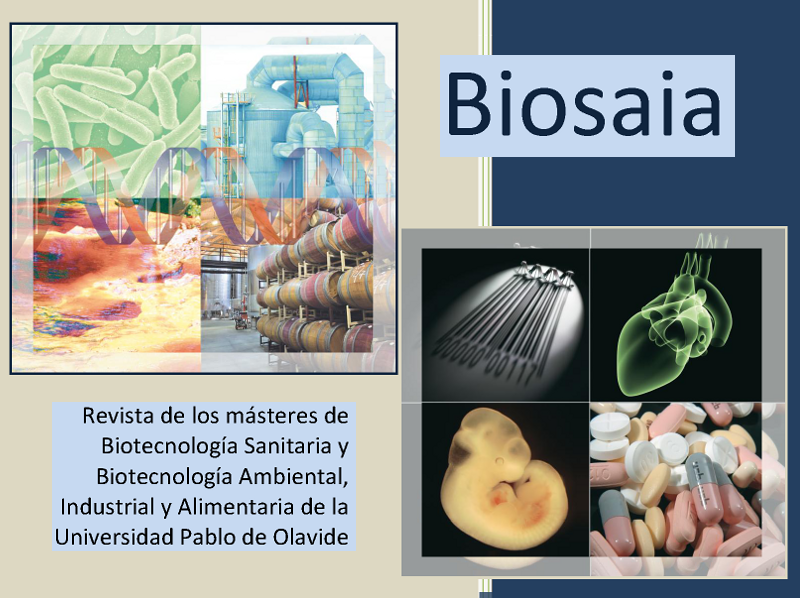Wastewater and biological fanges treatment: reduction of phosphorus with chemical and biological products
Palabras clave:
Jar- test; phosphates; turbidity.Resumen
Motivation:
Wastewater treatment is both an important and difficult topic nowadays due to the negative effects it can cause on the environment and people’s health. One of these problems is he presenc of organic nutrients such as nitrates, nitrites and phosphates.
In our project we have studied the possibility of combining some of the already used chemical coagulants with natural and biodegradable coagulants to remove phosphorus in wastewater by alternative cogualation-flocculation processes.
Methods:
Within the methodology used, we have used the Jar- test together with different chemical and biological reagents to perform the coagulation-flocculation process. In this process, the solids and nutrients of the water sample decant obtaining the clarified to be analyzed. Once obtained, filtration tests are performed and the amount of soluble phosphorus is analyzed by spectophotometry as well as the pH, turbidity and conductivity to determine the effectiveness of the coagulants used.
Results:
Among the results, we can add roughly that the chemical caogulants already used work better in conjunction with biologic coagulants not used until now, such as agar, different types of cellulose and starches. The use of these components are also beneficial for industrial companies which work with these kind of wastes because they are cheaper and easier to obtain.
Conclusions:
Biological coagulants are more effective for reducing the percentage of phosphorus in water, so there are many that have not yet been studied and that could be more beneficial for the environment and for the performance of companies, so it would be interesting that research lines continue to open in order to deepen this issue.





